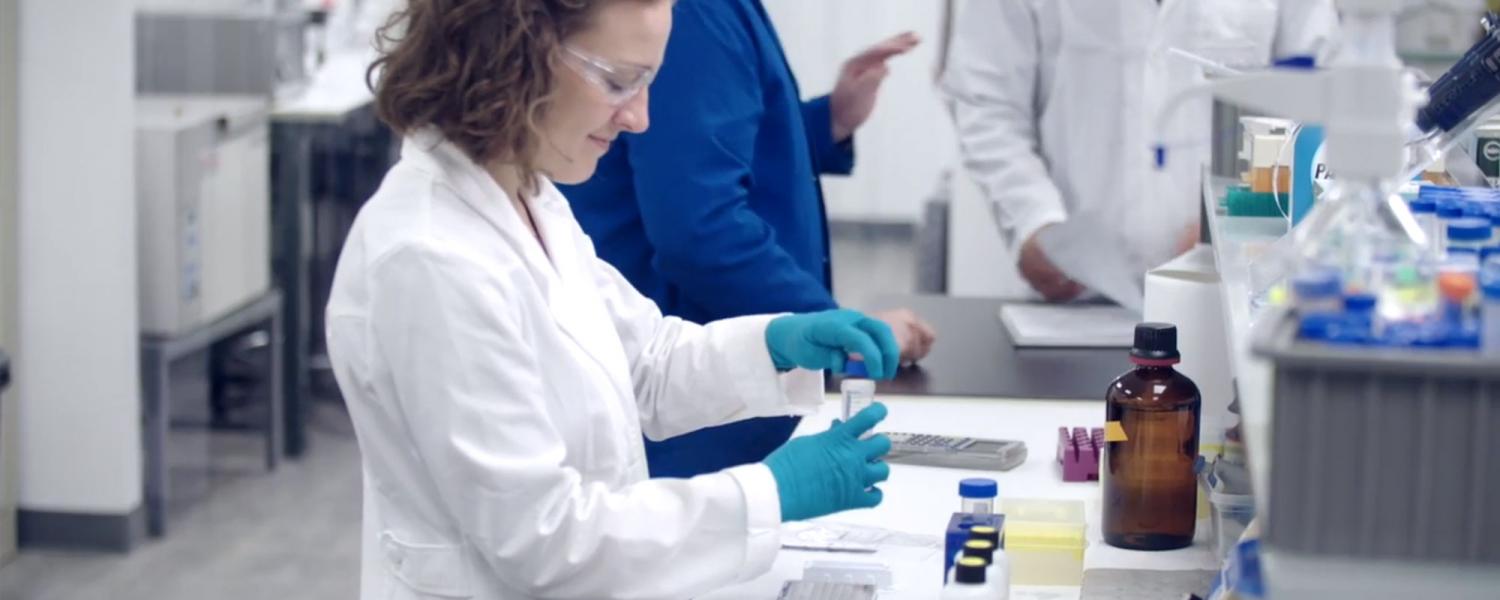Tissues are typically characterized by preparing thin tissue sections, staining with histological stains or immunohistochemistry, and visualization via brightfield or fluorescent microscopy. While this has been the gold standard for over a century, this approach has significant shortcomings when it comes to analyzing complex and heterogeneous tissue structures such as tumors, the brain, or blood vessel networks. As a metaphor, imagine trying to diagnose the problem with the engine of a car if you only had a cross section to work with. In order to analyze complex structures using the traditional histology paradigm, costly and time-consuming serial sectioning must be conducted, or else using stereological techniques to calculate inferential aspects about the whole tissue structure.
Instead, imaging thick tissue specimens and whole-mounts in 3D through the use of tissue clearing, fluorescent labeling and confocal or light sheet microscopy allows for tissues to be characterized intact in their entirety. By pairing tissue clearing with molecular probes or immunolabeling, select biomarkers, cells, and regions can be reconstructed in 3D for analysis. To visualize and characterize these complex features, Visikol has a portfolio of patented tissue clearing reagents, tissue processing techniques and the purpose-built 3Screen image analysis software tools. Visikol was the first company founded to utilize tissue clearing and 3D imaging for research. We are experts that have been working in this space since 2012, and have worked on countless projects with hundreds of universities, biotech companies, and pharmaceutical companies.



